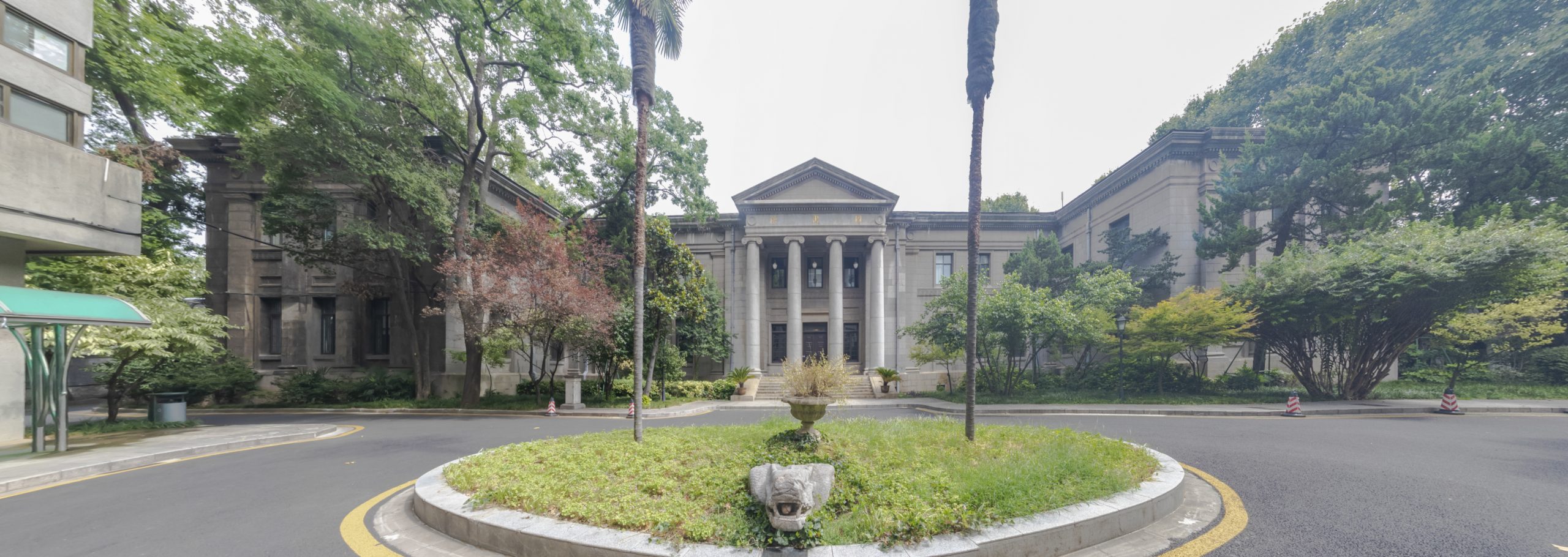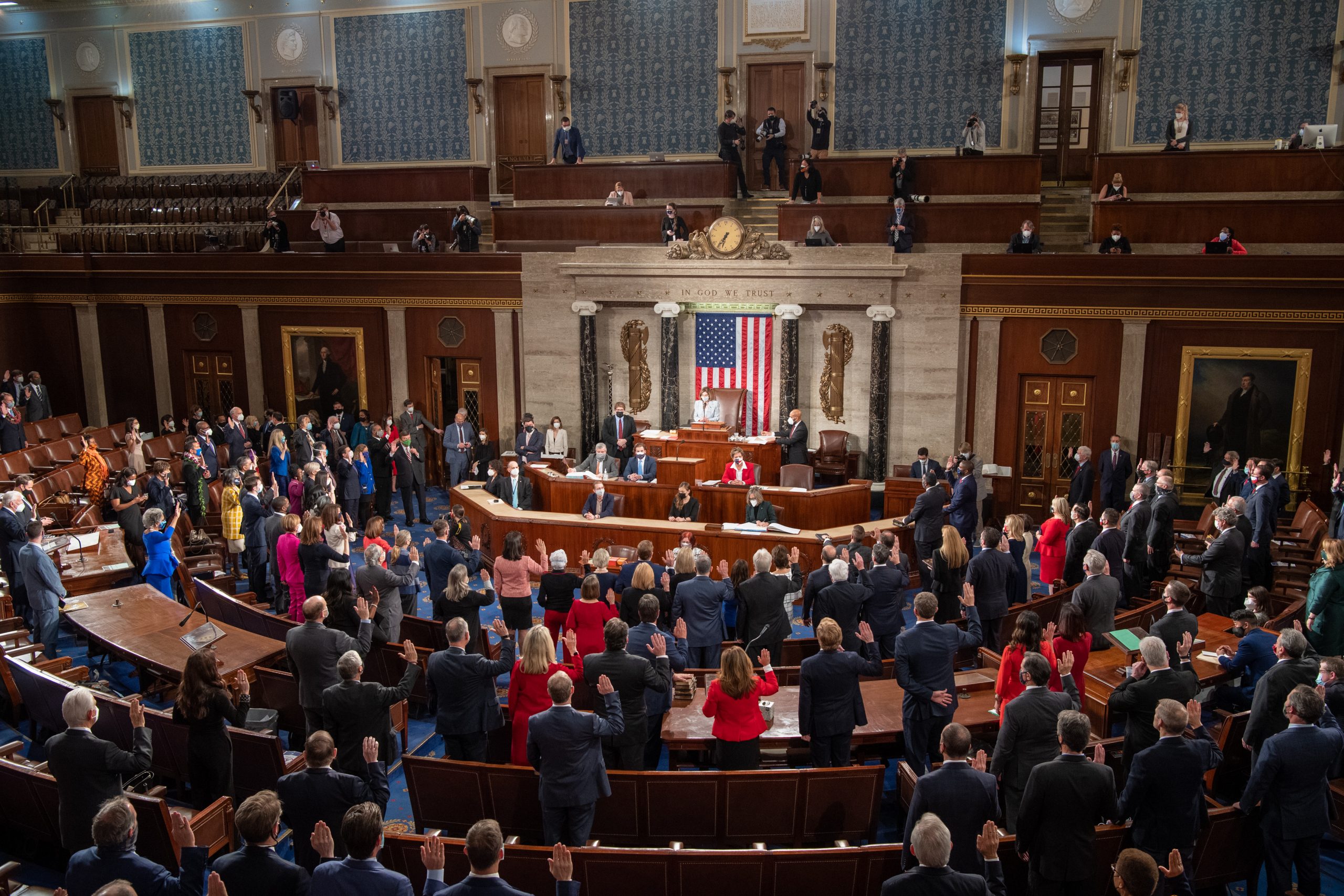User Profiling with Campus Wi-Fi Access Trace and Network Traffic
Yang Gao – Jun Tao – Li Zeng – Xiaoming Fang – Qian Fang – Xiaoyan Li
Jiangsu Provincial Key Laboratory of Computer Network Technology
Southeast University, Nanjing, China
Abstract: The campus Wi-Fi access trace is usually recorded when the users log in the campus Wi-Fi and access Internet. The network traffic, which records the users’ network access information after log in successfully, e.g., source/destination IP, URL address, packet size, access time, is utilized to perform users profiling to figure out the campus users. In this paper, we utilize the network access trace and the network traffic in SEU university to profile the campus users. Here the Wi-Fi access records from wireless APs can be regarded as the mobility behaviors of users in the campus. The network traffic, which will be classified into several categories first, is quantified with the temporal dimension. With these two network datasets, we propose a Conditioned Reclassifying Algorithm based on BPNN, CRAB algorithm, to distinguish the faculty members from the students. Then the graduates and the undergraduates are identified through the binary classifying approaches. The disciplines of graduates are predicted with multi-classification approaches. Finally, the performances of the user identification prediction, i.e., Faculty/Student, Graduate/Undergraduate, and the discipline prediction of graduates are evaluated in terms of accuracy, precision and recall. Experimental results validate the effectiveness of our profiling method.

















